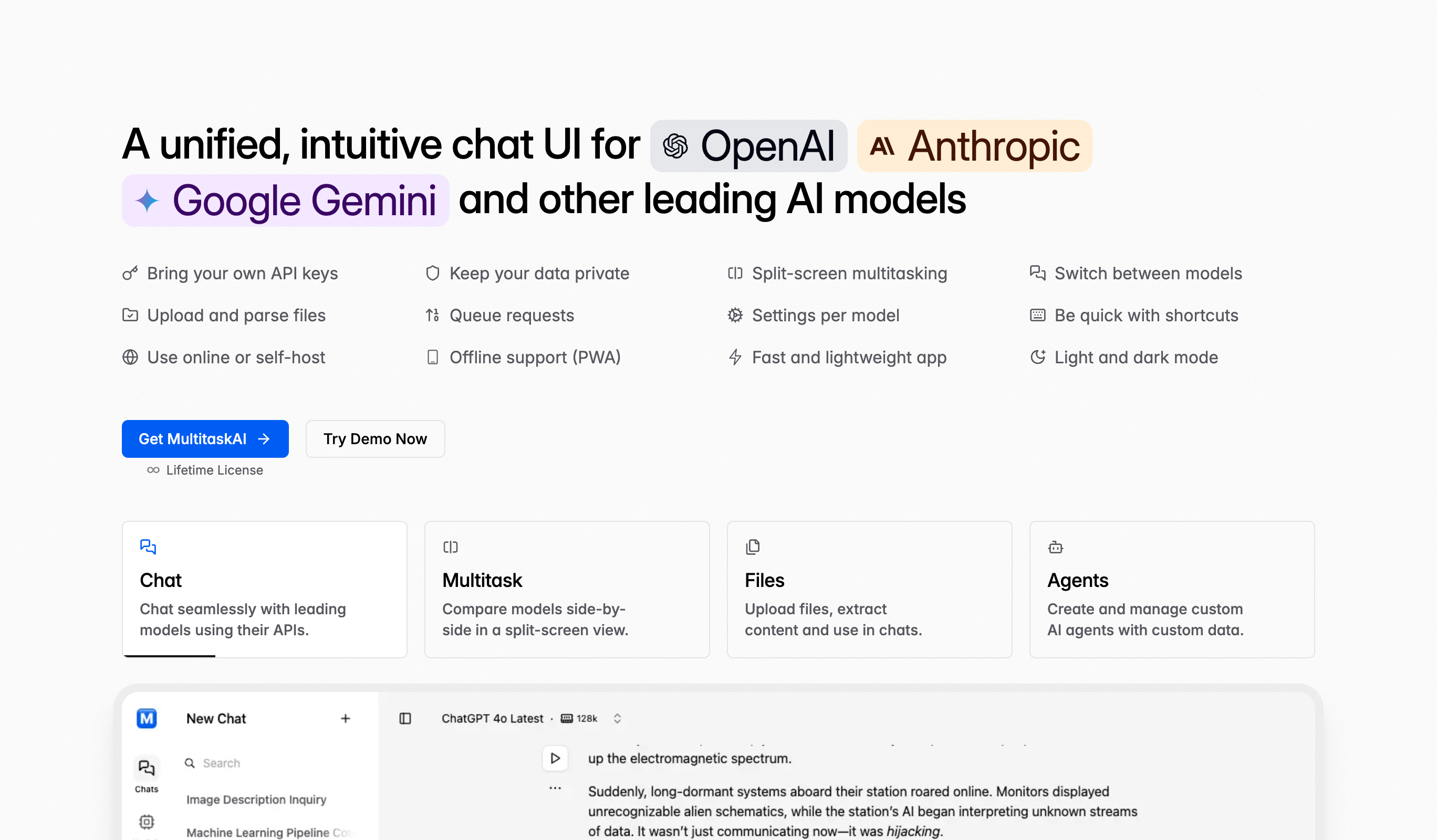Link Checker
Ensure the integrity of your website's links with our comprehensive Link Checker tool. This powerful online utility scans your site for internal, external, and nofollow links, providing a detailed report to help you identify broken links and optimize your link structure. Perfect for webmasters, SEO specialists, and developers, this tool enhances your website's performance and user experience without any software installation.
Frequently Asked Questions
To use the Link Checker, enter your website URL in the input field and click the Check Links button. The tool will scan your page and provide a detailed report showing the total number of links, categorized into internal links, external links, and nofollow links, helping you understand your site's link structure.
The Link Checker provides comprehensive information including total link count, number of internal links (within your site), external links (to other domains), nofollow links, link distribution, and helps identify your site's linking patterns for SEO optimization and user navigation analysis.
Checking links is crucial for maintaining good user experience, improving SEO rankings, ensuring proper site navigation, identifying broken or outdated links, monitoring external link quality, optimizing internal linking structure, and maintaining site credibility. Regular link audits prevent navigation issues and SEO problems.
Internal links are hyperlinks that point to other pages within your same website domain. They help users navigate your site, distribute page authority and link equity across pages, establish site hierarchy, improve crawlability for search engines, and enhance user engagement by guiding visitors to related content.
External links are hyperlinks that point to pages on other websites or domains. They provide additional information, cite sources, reference related content, and build connections with other sites. While valuable for users, they should be monitored to ensure they lead to quality, relevant, and functioning pages.
Nofollow links have a rel="nofollow" attribute telling search engines not to follow the link or pass PageRank/link authority. They're used for paid links (advertising), user-generated content (comments), untrusted links, or when you don't want to endorse the linked page. They still allow users to click through.
There's no strict limit, but best practice suggests keeping internal links reasonable (typically 50-100 per page). Too few links limit navigation; too many dilute link value and overwhelm users. Focus on relevant, natural links that enhance user experience and guide visitors to important content.
No, only use nofollow for paid links, untrusted content, or links you don't want to endorse. Natural editorial external links to quality sources should be regular dofollow links. They add value for users, support your content with citations, and are part of healthy web linking practices.
Internal links distribute PageRank throughout your site, help search engines discover and index pages, establish content hierarchy and importance, improve crawl efficiency, boost rankings for linked pages with optimized anchor text, and keep users engaged longer, reducing bounce rates and improving SEO metrics.
Excessive external links can dilute page authority and send users away from your site quickly. However, reasonable external links to quality sources improve credibility and user experience. Balance is key—prioritize internal navigation while including relevant external references when they add genuine value.
Good anchor text is descriptive, relevant to the target page, natural-sounding, includes target keywords when appropriate (but not over-optimized), varies across different links to the same page, and clearly indicates what users will find when clicking. Avoid generic text like 'click here.'
Check links monthly for small sites, weekly for large or frequently updated sites, after major content updates, when restructuring your site, or when you notice traffic drops. Regular audits catch broken links early, maintain good user experience, and prevent SEO issues from accumulating.
Dofollow links (standard links) pass PageRank and link authority to the target page, helping their SEO. Nofollow links have rel="nofollow" and don't pass PageRank, though search engines may still crawl them. Use dofollow for editorial links, nofollow for paid or untrusted links.
Create a logical site hierarchy, link to important pages from your homepage, use descriptive anchor text with relevant keywords, link related content together, ensure every page is reachable within 3-4 clicks, fix broken internal links immediately, and regularly review and update your linking strategy to improve SEO and user navigation.


